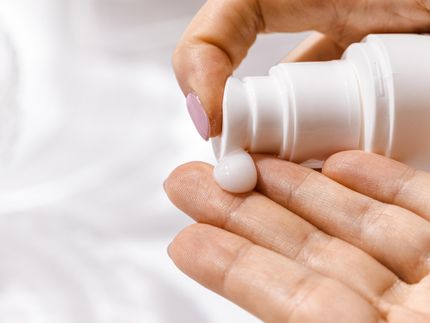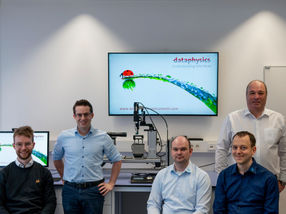Polyethylene-containing microplastic particles: health risk resulting from the use of skin cleansing and dental care products is unlikely
Some cosmetic products such as peelings, shower gels and toothpastes are promoted as having an especially gentle cleansing effect on the skin or teeth. For this purpose, such products may contain microplastic particles which usually consist of polyethylene (PE) and are between 0.1 and 1 millimetre (mm) in size.
The Federal Institute for Risk Assessment (BfR) has researched the question whether dermal absorption or unintentional oral ingestion of PE microplastic particles from cosmetic products pose a health risk.
Microplastic particles used in peelings and shower gels are larger than 1 micrometre (equates to 0.001 millimetre). Given this particle size, it is not to be expected that foreseeable use of the products leads to absorption via healthy and undamaged skin.
Microplastic particles from toothpaste can inadvertently be swallowed and thus ingested orally. Due to their molecular size, it is not to be assumed that the particles are absorbed via the gastrointestinal tract. Instead, they are much more likely to be excreted with the faeces. It is unlikely that during their passage through the gastrointestinal tract toxicologically relevant amounts of ethylene are released from the microplastic particles.
Based on the current state of knowledge, the BfR therefore concludes that the use of cosmetic products containing PE microplastic particles does not pose a health risk to consumers.
According to information provided by the industry, in addition to PE, polyurethane, nylon, polypropylene and ethylene-vinylacetate copolymers are less commonly used as microplastic particles in cosmetic products. The BfR does not have any information on chemical properties and purity, size distribution, application concentration or the product groups in which those microplastic particles are used.
Most read news
Other news from the department science

Get the life science industry in your inbox
From now on, don't miss a thing: Our newsletter for biotechnology, pharma and life sciences brings you up to date every Tuesday and Thursday. The latest industry news, product highlights and innovations - compact and easy to understand in your inbox. Researched by us so you don't have to.
























































